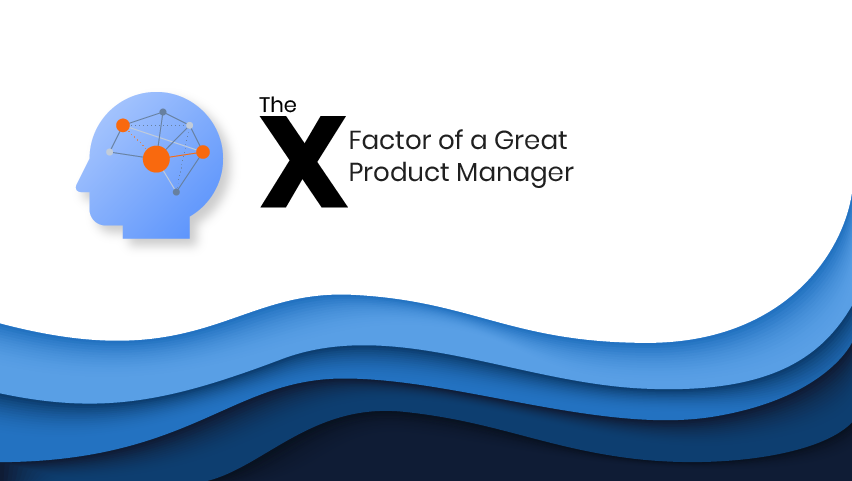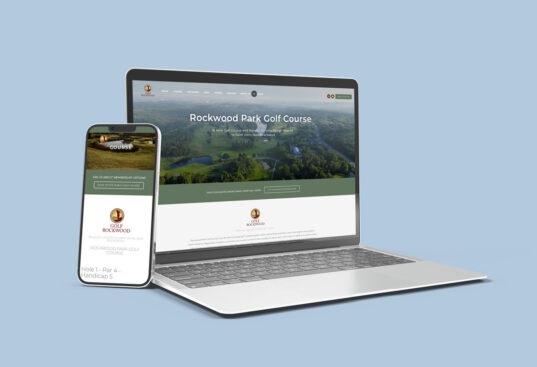How often do you sit down with your team in hopes of collaborating on important decisions? Out of those times, how often do you feel like you get sucked into a conversational spiral about tiny details?
The result of those conversations is often called “death by committee” and it refers to a project that is changed for worse as a result of heavy, nitpicky feedback in a group setting.
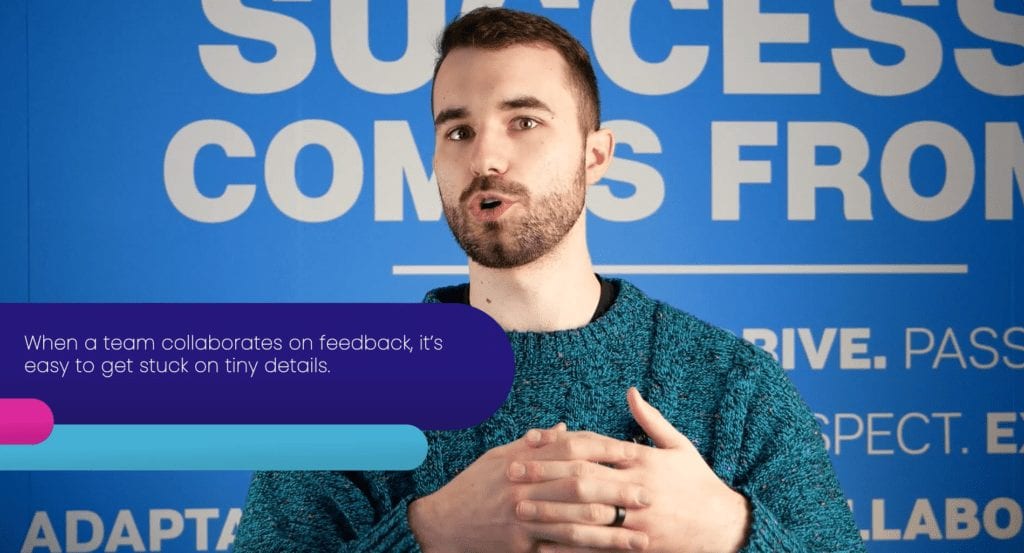
By the end of this article, my aim is to show you how the way we think and act in social situations makes decision-making difficult in a group, and how it can damage our projects more than we might think.
The first time I came across this was when I was researching how to write a Mission Statement for a business. I’ll sum up the example from this video here:
—
So you start with a punchy mission statement like: “Our mission is to serve the tastiest damn pizza in Wake County”
And then the staff gives their feedback,
- I like the word present better than serve
- We obviously can’t say “damn”
- Why limit ourselves to Wake County?
- Our pizza is good, but what about the calzones and salads?
- We didn’t talk about the atmosphere or kids’ birthday parties
What they end up with looks something like: “Our mission is to present the highest-quality entertainment solutions to families”
—
This is just a snippet of that video, but you can already see what’s happening here. Well-meaning team members are so concerned with tiny parts that the statement breaks down until it’s bland and vague.
While this new mission statement may be more accurate than the first version, it’s not better if it no longer solves the problem it was designed to solve—telling customers what the business is working to accomplish.

Problematic Mindsets
So why does this happen? In my experience, it comes down to a few different mindsets. I’ll call them assumptions, preferences, and politics.
Nobody is at fault for these mindsets; we’ve all been guilty of them. The trick is to identify them, be conscious of them, and stop them from doing any damage.
Let’s take a quick look at all three with some examples.
Assumptions
Assumptions are the one I’m personally most guilty for. When we get into meetings to discuss our App Let’s Camp, it’s easy for me to look at every detail we discuss and ask, “what does this mean for our target audience?”.
This isn’t necessarily a bad question; let me explain.
If we’re building a campground booking app for campers, of course it’s important to keep the campers’ needs in mind. Where I run into trouble, though, is where I start making assumptions about what might happen in extremely unlikely edge-cases.
Here’s an example of a useful assumption: “The color-coding we’re using on this page might be difficult for color-blind users. We should make sure there’s a secondary visual signal for accessibility.”
Here’s an example of a less-useful assumption: “Technically if someone creates two bookings at the same time they’re being refunded, the refund might take an extra day to be applied to their account. We should rework our system in case this ever happens.”
In these conversations, I have to ask myself, “Will this ever happen, and will the users even care about it?”
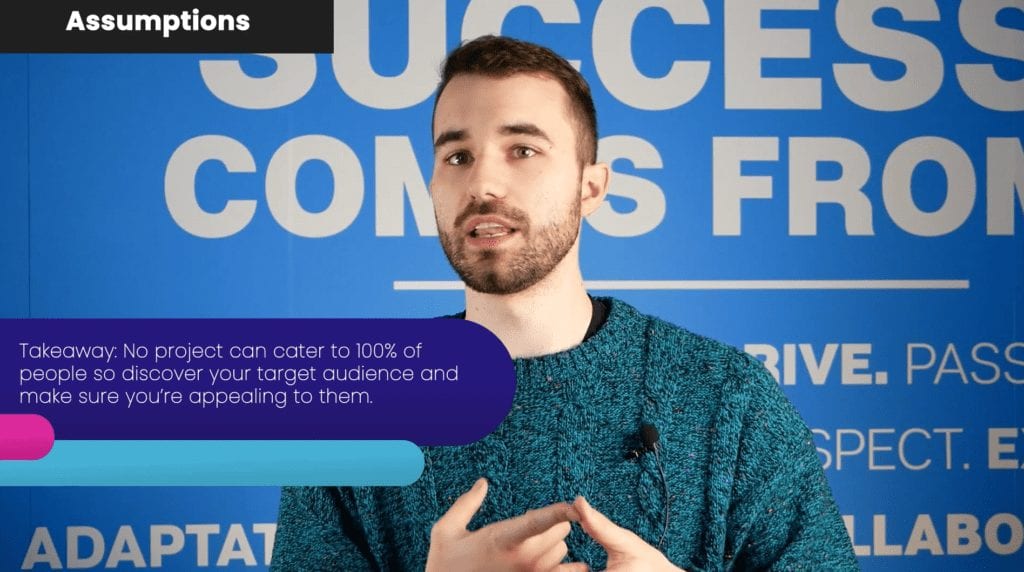
Key takeaway: I don’t know of any project, website, app, etc. that can cater to 100% of people and the different ways they interact. If you’re caught up in a case like this where you might be trying to solve problems that might never happen, the best answer might be to leave it alone for now and deal with it only if/when it actually happens.
Preferences
We all have preferences—things we like more than other things. On top of that, we also tend to prefer familiar over new.
I see preferences come up a lot when we take on website projects. Clients will sit down together around a boardroom table, bring up our designs and start saying things like “I liked the way our old website did this” or “I think my department should be displayed more prominently”.
What I’ve seen as a result is that a lot of our designs have moved slowly toward what our clients are familiar with (what they’re used to), which is often very similar to the website we’re trying to improve on and replace.
Preferences and familiarity are dangerous because you’ll think you’re making the right call, but just because you like something doesn’t mean everyone else will.
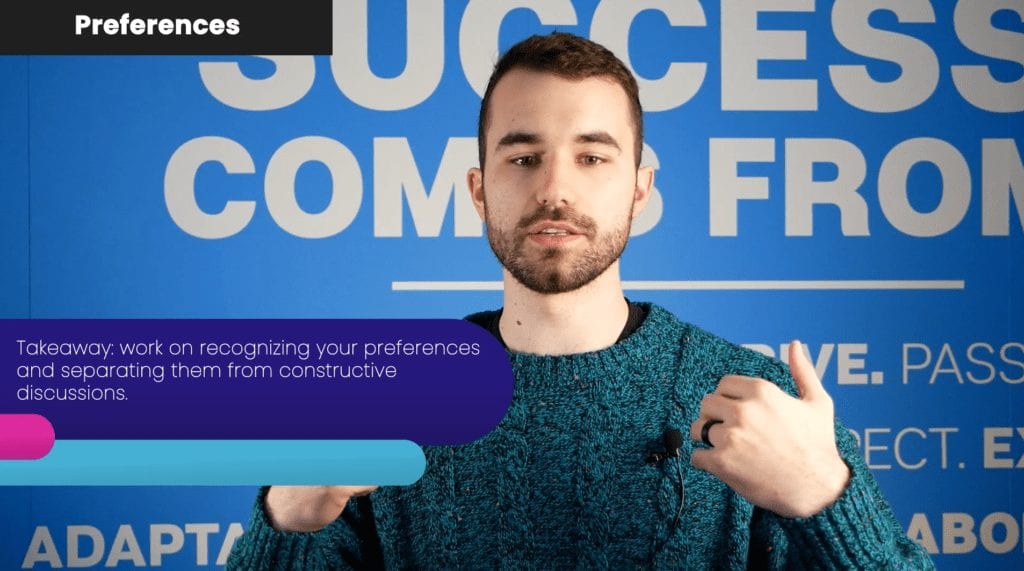
Key takeaway: Watch your preferences closely. Just because you like something better a certain way doesn’t mean it will better serve your goals or the project. Unless it’s obvious to your whole team that something needs to change, leave it and let your target audience show you what’s not working (through feedback and analytics).
Politics
In many ways, politics appear as a direct result of preferences.
Imagine, for a moment, that your logo mockup is green. I say I would prefer it blue and you say you would prefer it red.
The following conversation about which color the logo should be is going to seem like we’re making logical arguments in support of why our color would be better, but something else is actually going on here.
I’ve talked about Cognitive Dissonance in my articles a few times, and I highly recommend you read into it because it’s super interesting psychology stuff, but put simply, our brain doesn’t like holding onto conflicting beliefs. When faced with conflicting beliefs, the default is to double down on the one we already have and deny the new one.
We see this almost daily when people are arguing online. Why can’t one side convince the other side with rational facts? Simple—our brains shrink the importance of the facts that don’t support our belief and emphasize the ones that do.
Back to our small-scale debate about a blue and red logo. By saying that I like blue and hearing that you like red, both of our brains are trying to find a way to feel comfortable without giving up our position.
And what feels most comfortable in this scenario? Winning. Being right.
Chances are, I’m going to fight for blue until one of us gives up or an authority figure makes the decision for us.
Now introduce further office politics like the following and we’ve got a real mess:
I may not be able to admit that red is the right choice if my boss is going to think I’m weak for giving up, or if my coworkers might think I’m indecisive or a pushover. This is a battle of status and it’s very human (more than human, really. Most social species, if not all, organize themselves and make decisions based on their status within the social group).
Suddenly, my drive to make the logo blue is reinforced by all of these layers, whether or not I realize they’re there at all. Do you think it’s easy to fold when there’s so much at stake? It isn’t.
One more example: you’re in a collaborative committee meeting and everyone has given their opinion except you. You start to feel a pressure to contribute something, anything. What do you do?
Did you admit that you’d find something to comment on? Most likely, you pick out something minor and share your preference for it to make sure it looks like you’re an active part of the discussion.
Now, what you’ve just done is thrown a needless preference into the mix because of political pressure. I wonder how many others in your group have done this same thing… (a lot of them, I would assume)
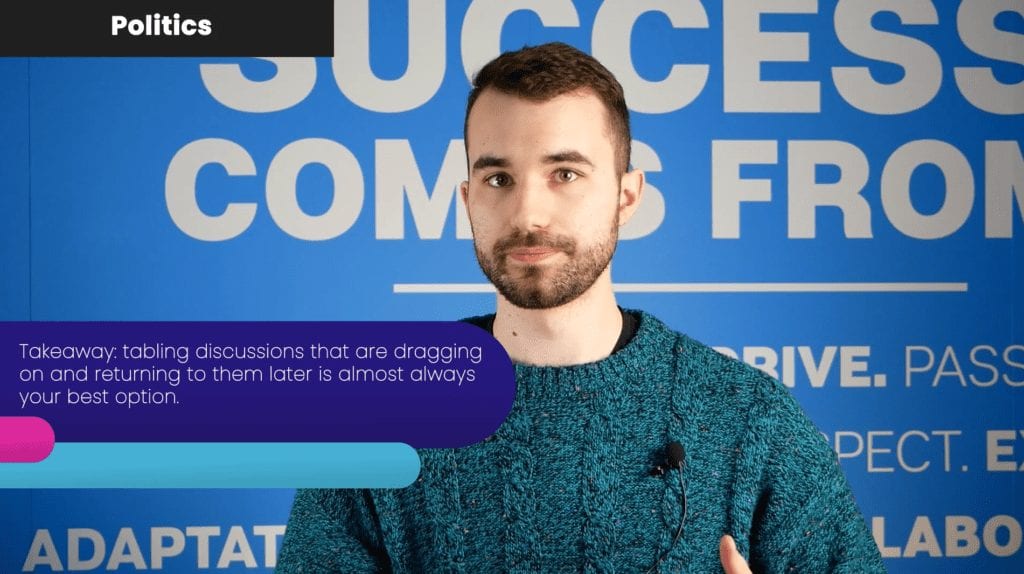
Key Takeaways: There are a lot of weird games your brain plays with you during collaboration. If you don’t feel as comfortable with your peers as you do with your closest friends and family, chances are good that this is going to play a bigger role in your discussion than you think.
Try adding time limits or tabling an item for later discussion. When you’re removed from the situation, you’ll realize that most of these minor disagreements aren’t important to you or the project.
Wrapping Up
We’ve seen tons of projects go sideways due to well-meaning collaboration. The three main culprits are assumptions, preferences, and politics, and all three of them are dangerous because it’s hard to notice they’re having any effect on the situation.
If you’re sitting down with your team to make decisions or give feedback, watch very carefully for any signs that things are getting too focused on small details. When you see those signs, take a step back and move on.
